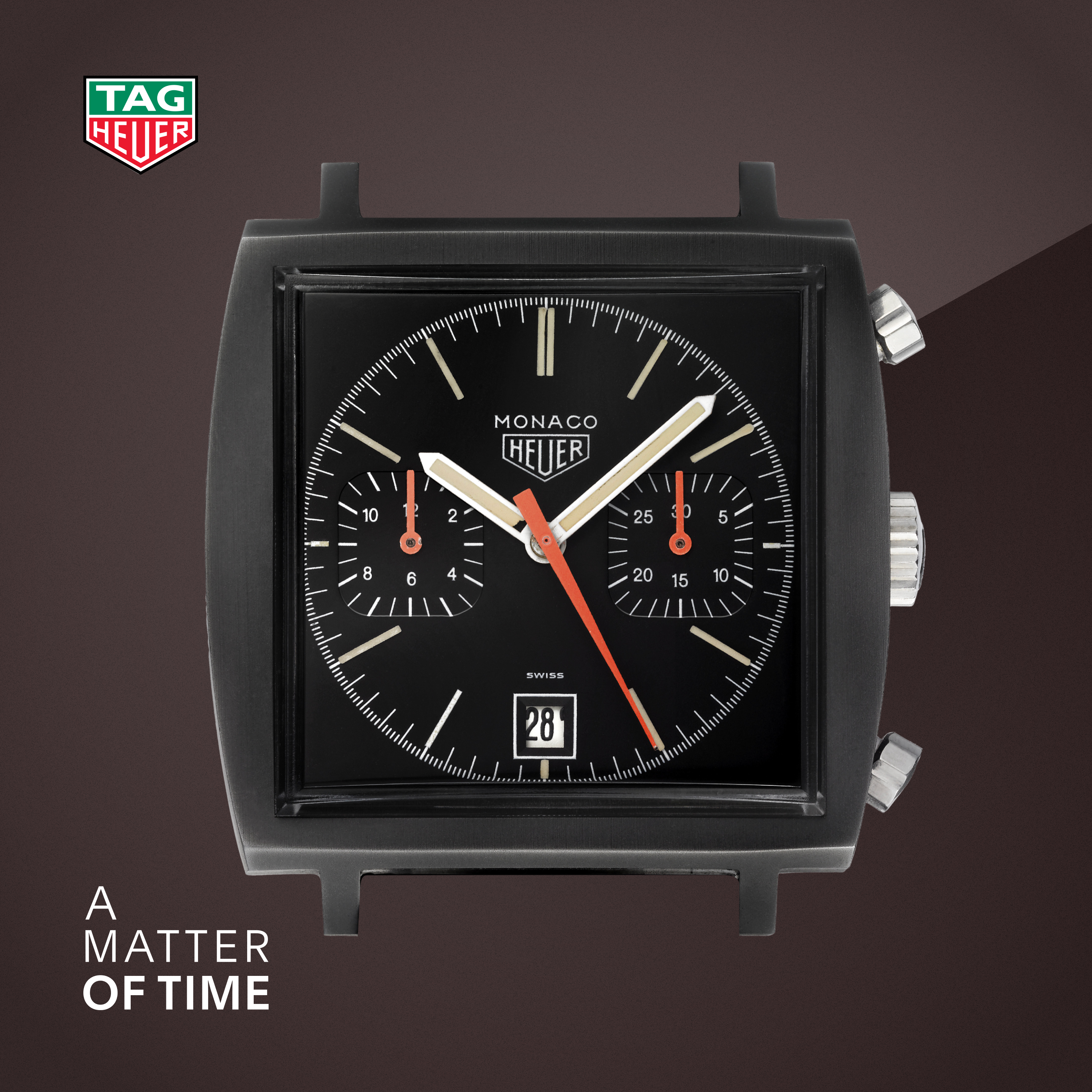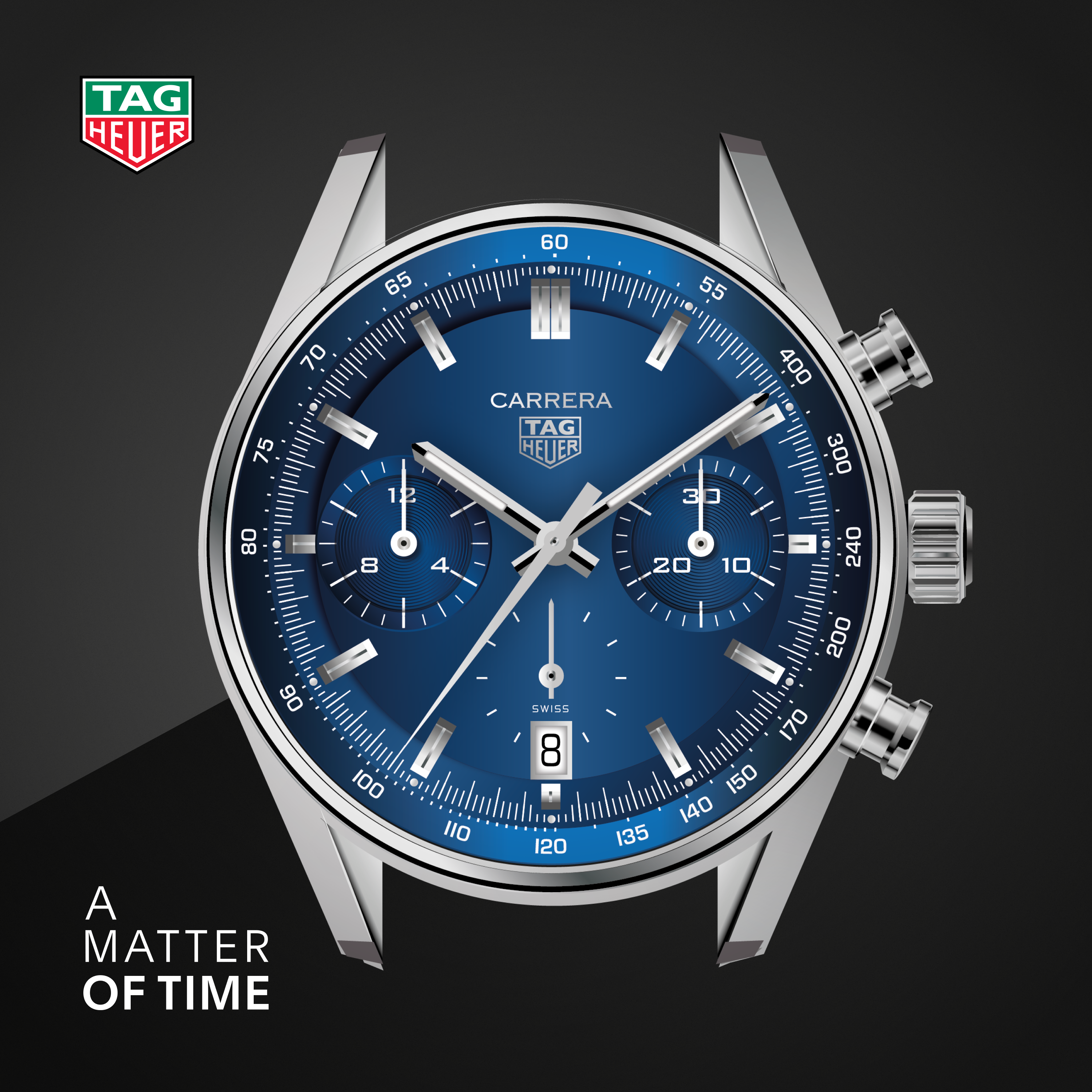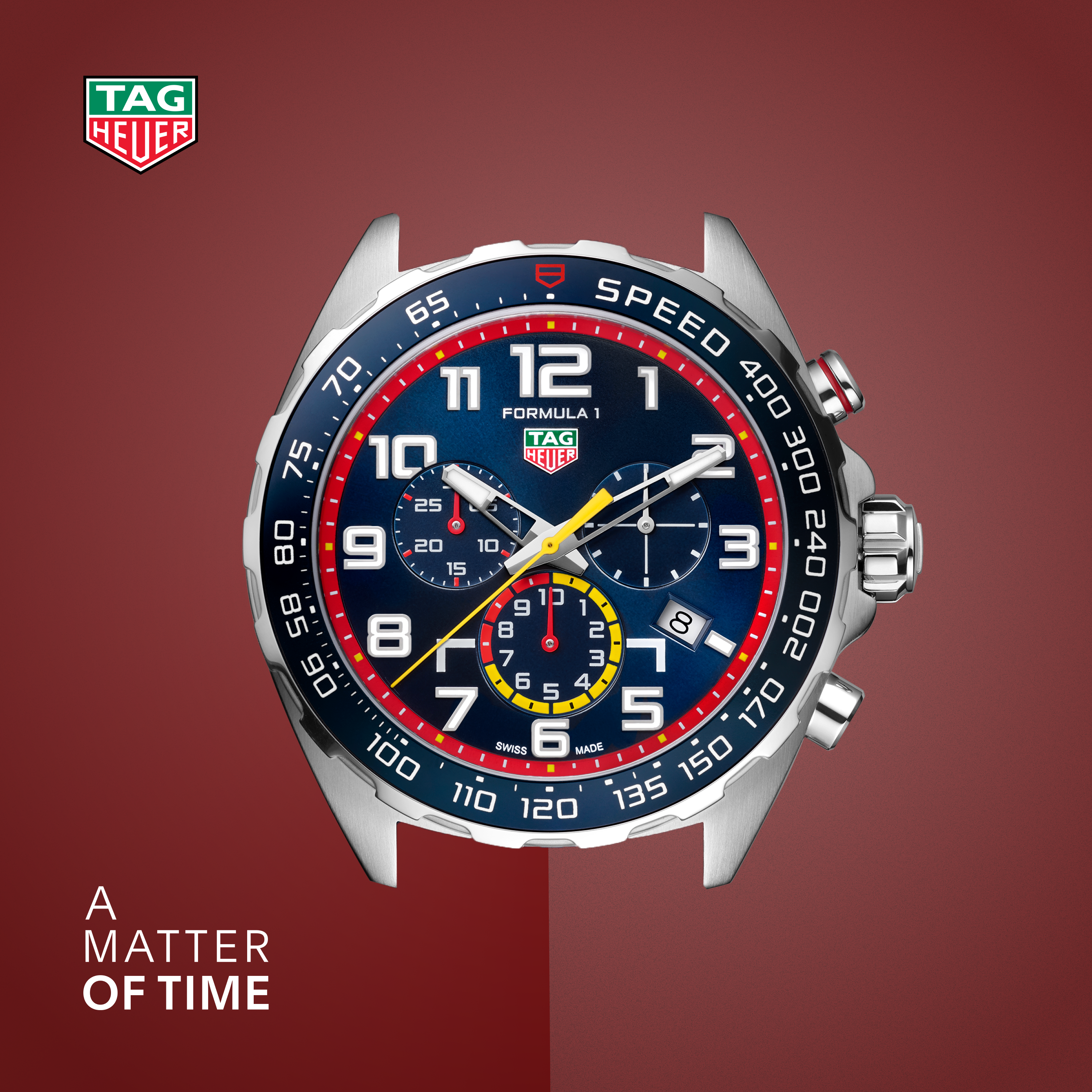Episode Transcript
[00:00:04] Welcome to A Matter of Time, a podcast by TAG Heuer. I'm your host, Nicolas Bieber, heritage director at TAG Heuer and a lifelong enthusiast of Swiss watchmaking.
[00:00:14] In this season of A Matter of Time, we're looking at the TAG Heuer Formula One collection. We've explored its origin stories, the first pieces that were launched, and the amazing series of chronographs that would emerge through the late 80s and 1990s. Today, we're fast forwarding a little bit to 2000. It's the turn of the new millennium. It's an exciting time for everyone. But it's a particularly exciting time for TAG Heuer.
[00:00:39] In 1999, after years of ownership by the Technique Davant Garde Group, a fortuitous meeting takes place between Christian Viros, CEO of TAG Heuer at the time, and representatives from lvmh. The group at the time is looking to expand its hard luxury portfolio. And having acquired some jewellery brands and watch brands and having conversations with others at the time, there's clearly a nice synergy and a nice opportunity for TAG Heuer to be leveraged within the group portfolio. It has amazing heritage, has this incredible long history, huge numbers of stories to tell, an impactful brand that's familiar to so many strong partnerships. And it's seen that there's a way to elevate the brand and take it into a more premium positioning that has existed before. So discussions take place, a deal is agreed, and from the 1st of January 1986, we've officially become the very eloquently named TAG Heuer, a branch of LVMH, Swiss Manufacturers SA.
[00:01:37] What this means is a new CEO, a new leadership team, a new business direction and a new vision for the future. It's amazing to look back more than 20 years now and see what has taken place during this period of ownership. It's been a rocket ship. It's taken us in directions that we could never have imagined as a brand and being able to unlock elements that are unique to TAG Heuer today.
[00:01:59] But of course, when you're building a premium position luxury brand, how can you be selling an entry level watch, particularly one that's quartz powered movement technology that's often dismissed by connoisseurs, utilizing composites and plastics and materials that are not considered to be a premium position. How does this help you build yourself as a true luxury powerhouse where you can communicate around savoir faire? It's a tricky balancing act. It's quite clear we're lucky today that we've been able to have A brand stretch that many would be envious of presenting watches from the likes of the Formula one collection. Watches such as the Monaco Rattrapole. But during the acquisition it seemed that to reposition the brand quickly, aggressive decisions need to be made. And in fact, in 2000, the steps are made so that the Formula One collection will be removed from the product portfolio and the focus would be on the likes of the Link, the Carrera and of course the Monaco.
[00:02:53] Thanks to new high end avant garde movement technologies, amazing conceptual watches and an overall elevation of the existing product portfolio strategy works well. New ambassadors come on board, new relationships are forged, all with the aim to really allow TAG Heuer as a brand to resonate with a new caliber of consumers. Things are moving in the right direction. But the one challenge that's taking place is on the bottom line. The Formula One had been such a huge contributor to the financials of the organization that by removing it of course it's caused some difficulties when it comes to the balance sheets for the organization.
[00:03:32] The decision is made that Perhaps the Formula One in fact should return. And 2004 will see a watershed moment where a whole new design aesthetic and a new vision for what the Formula One can be is presented to the world. It's all in metal. The likes of the plastic have gone, mineral crystals have been replaced by sapphire.
[00:03:50] Eventually even there's some mechanical models as well. What the TAG Heuer Formula one is able to do is of course to resonate with a younger audience. Whilst the elevation of the brand of course has helped with the connoisseurs and people who are familiar with the world of mechanical watchmaking, the TAG Heuer formula 1 becomes the gateway for many into mechanical Swiss watches. And to be the stepping stone into that world. Bright colors would return, new ambassadors would be present, fascinating advertising campaigns would be presented. One of my favorite being the so called chill out phrase that you could not imagine a Swiss watchmaking brand to have used up until that stage. And of course, thanks to the relationship with the McLaren Formula One team, we get access to the likes of amazing characters such as Kimi Raikkonen, Mika Hakkinen and other celebrated names of the era.
[00:04:45] Thanks to the success of the relaunch and the revised design, with new accents to the casing and a new form that would make it slightly larger and more comfortable on the wrist. In an era when the case sizes of watches would be increasing, the Formula One delivers well. So in 2007, an upgrade is presented with even more interesting design elements, but still maintaining the traditional silhouette that we're familiar with for the Formula One collection. The hooded lugs, a mixture of rubber straps and steel bracelets, and of course, these great shots of color.
[00:05:16] Time only and chronograph would be part of the portfolio. And one of the standout references for me is the bright orange dial that would appear during the mid 2000s. And once again, it's another watch that makes a amazing, shall we say, celebrity appearance During Lewis Hamilton's debut seasons in Formula One. And in fact, leading up to him winning the World Championship in 2008, he would wear one of these highly distinctive orange style Formula One chronographs. And we're very lucky today to include that exact watch in the museum collection.
[00:05:48] By the beginning of a new decade in 2010, it was clear that the Formula One needed a big reboot and it was an opportunity to take a clean slate design for the portfolio. Away went the distinctive case design and rotating bezel to be superseded by a case that was highly reminiscent of Autavia and Carrera models from the 1970s. What we call the so called C shaped case would reappear in the Formula One collection and would really take the design in a new direction. One that in fact has continued in the portfolio up until today. The silhouette hasn't changed so much, but along the way we've seen various animations, different dial colors and of course an amazing run of collaborations with the TAG Heuer Formula 1, perfectly encapsulating our link to motorsport. It's not surprising that we would also leverage our relationship with the Ayrton Senna foundation to use it as a platform to present various Senna limited editions over the years. Alongside that, we've seen golf formula ones, of course, the great Oracle Red Bull racing editions that we've presented over the years, and then more strategic animations with the likes of contemporary artist Alec Monopoly and celebrated contemporary designer Hiroshi Fujiwara with his Fragment label. It goes to show the amazing versatility of the Formula One collection, how it's evolved over the years and and allows us to have this amazing connection to young culture in a way that many other brands have not been able to do.
[00:07:11] For me personally, it's exciting to see how the TAG Heuer Formula one collection will continue to develop.
[00:07:16] This year we presented an extremely exciting limited edition series in collaboration with the lifestyle brand Kith and his founder Ronnie Fag. We presented at the Miami Formula One Grand Prix and it was an instant success, selling out around the world and creating a resonance within culture that has been amazing to witness, to reflect back on the beginning of the story in 1986 with this limited edition has also given us a clear perspective on what the future might hold, and it's fascinating to think what our fantastic designers and product teams will be able to come up with for the future.
[00:07:51] I do hope you've enjoyed this episode of A Matter of Time exploring the TAG Heuer Formula One collection. Please don't forget to like and give us a review wherever you get your podcasts. And tune in for the next episode, where we're going to take a look at the amazing symbiotic relationship between TAG Heuer and the world of motorsport that's perfectly summarized by the TAG Heuer Formula One.


